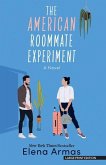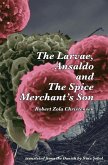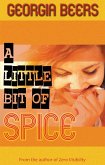"All the university positions in our field have dried up!" Laura discovered by the time, in 1972, when she completed her dissertation in linguistics, the science of languages. "I can't go back to homelessness!" Besides, now she had a little daughter to support. So, she took a big challenge: she had learned about a Spanish contact language in the Philippines; she got an NSF grant, and she went to study the language, taking her four-year-old daughter with her. How did human languages evolve? We do know about "links" to the evolution of Homo sapiens, but where are links to the evolution of human language? In the early 1970's, linguists had learned that no "primitive" human language exists, but they were still looking for a missing link. They examined how babies learn to talk, how various animals communicate, and they were just turning to contact languages, with the hope that these relatively new languages (evolving within the last 500 years), would offer insights into how humans developed languages so long ago (starting maybe 50-70K years ago). Laura wanted to contribute a detailed analysis of a not-yet-well-studied contact language. And perhaps a university position in this field would open up by the time she would have published her analysis. Arriving in the Philippines and then in the Spice Islands of Indonesia, she was amazed by the natural beauty, so many friendly and good-looking people, and colorful cultural attractions including clothing, houses, music and dance. But she encountered challenges, including romance and world events, that caused her to wonder if she could ever get a job back home. Instead, she stepped into a much bigger story: her Spanish contact language opened the door to the five-thousand-year history of the Spice Trade that had changed the world.
Hinweis: Dieser Artikel kann nur an eine deutsche Lieferadresse ausgeliefert werden.
Hinweis: Dieser Artikel kann nur an eine deutsche Lieferadresse ausgeliefert werden.







